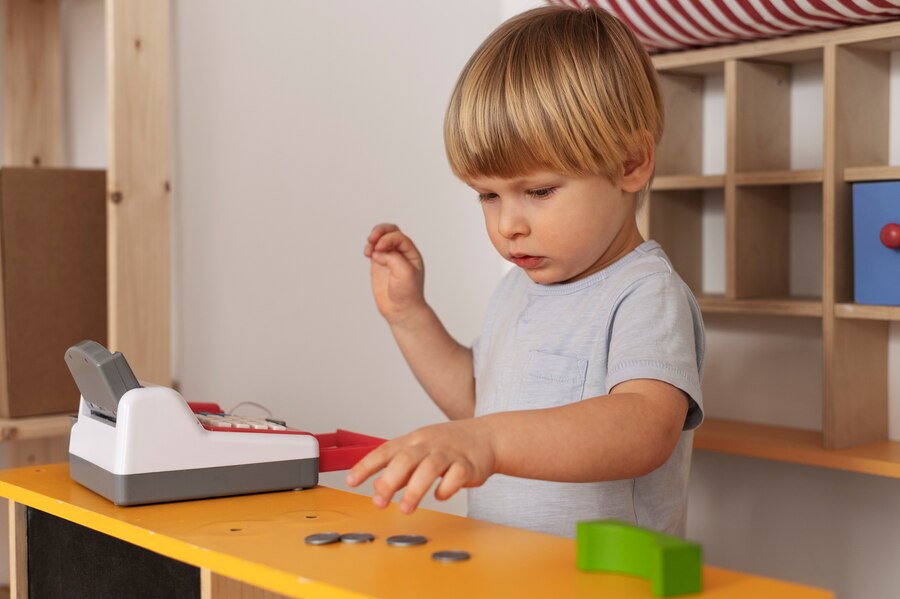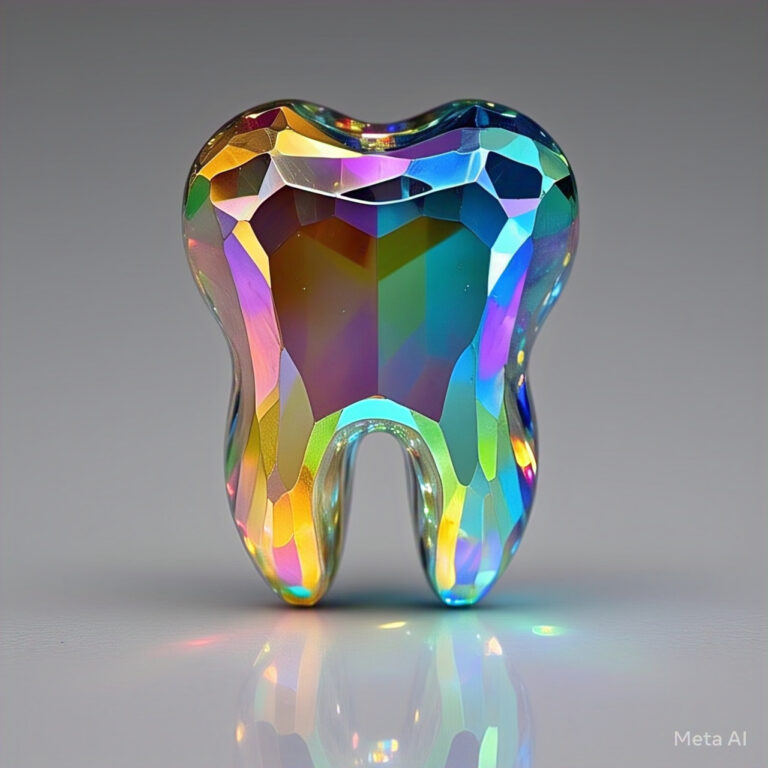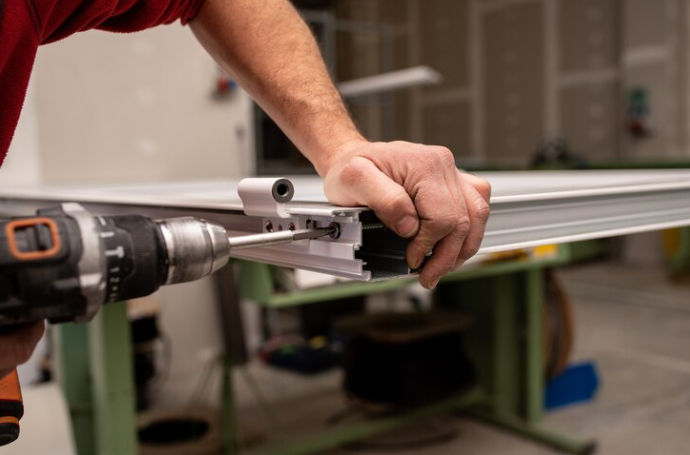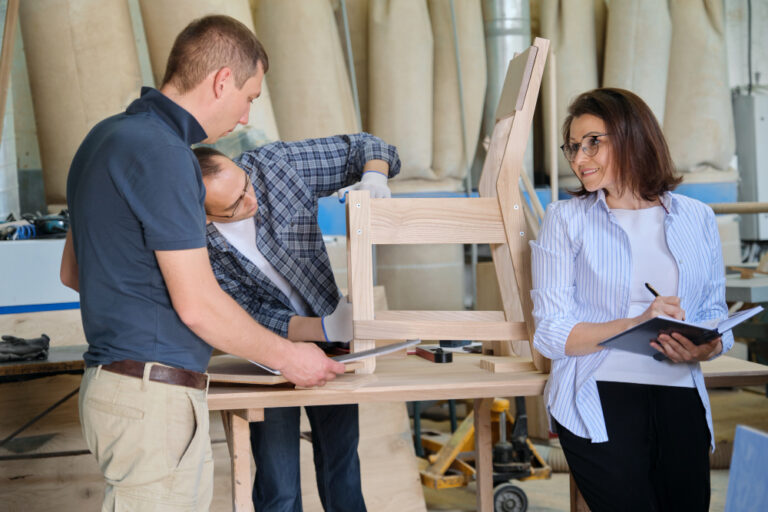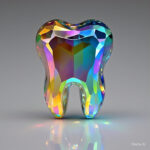In the first year of life, a baby’s brain develops rapidly, making early sensory experiences crucial for their cognitive and physical development. The Montessori approach, founded by Dr. Maria Montessori, emphasizes the importance of providing children with learning environments that encourage exploration, independence, and natural curiosity. One way to support this philosophy is by introducing Montessori toys New Zealand that stimulate a baby’s senses and lay the foundation for future learning.
Why Montessori Toys Matter for Infants
Montessori educational toys are designed to align with the developmental needs of children, particularly in the first few years of life. These Monti kids toys are simple, often made from natural materials, and are intended to foster a baby’s innate desire to explore and learn. Unlike traditional toys that may be overstimulating or lack educational value, Montessori toys are thoughtfully crafted to encourage hands-on engagement, fine motor skills, and sensory development.
For infants, the focus is on sensory experiences that help them understand the world around them. The textures, shapes, and colors of Montessori toys engage a baby’s sense of touch, sight, and sometimes even hearing. These early interactions with learning toys not only provide entertainment but also help to build neural connections in the brain, setting the stage for more complex learning later on.
Top Montessori Toys for Early Sensory Stimulation
- Silicone Toys
Silicone toys are a staple in Montessori playrooms. They are soft, safe, and easy for little hands to grasp. These toys often come in various shapes and textures, making them perfect for sensory exploration. For example, silicone stacker toys are not only visually appealing but also help babies develop their hand-eye coordination as they learn to stack the pieces. The smooth, non-toxic material is gentle on a baby’s gums, making these toys ideal for teething as well.
Another popular silicone toy is the sensory ball. These balls come with different textures and sizes, encouraging babies to explore through touch. As they squeeze, roll, or pass the ball from hand to hand, they develop fine motor skills and learn about cause and effect. Silicone toys, with their durable and washable nature, are also perfect for the teething stage, offering both comfort and engagement.
- Wooden Rattles and Grasping Toys
Wooden rattles and grasping toys are classic Montessori items that are designed to fit perfectly in a baby’s small hands. The natural wood provides a sensory experience that is different from plastic or silicone, offering a distinct texture and weight. These toys often come in simple, geometric shapes that help babies develop their grip strength and coordination.
The gentle sound of a wooden rattle as it shakes is both soothing and stimulating for a baby. It introduces them to the concept of sound, and the cause-and-effect relationship, as they learn that their actions can produce a noise. Additionally, the varying shapes and sizes of these wooden toys encourage babies to experiment with holding, turning, and passing the toy from one hand to the other, further enhancing their motor skills.
- Indoor Play Equipment
Indoor play equipment, such as baby gyms or soft play mats, are essential in a Montessori-inspired environment. These setups typically feature hanging toys that encourage babies to reach out and explore, fostering their sense of touch and promoting physical development. The colorful, high-contrast toys often attached to baby gyms are designed to stimulate a baby’s vision and keep them engaged during tummy time.
Another form of indoor play equipment that aligns with Montessori principles is the Pikler triangle. Although traditionally used by toddlers, a modified version with a soft ramp can be introduced to older babies. This structure encourages climbing, crawling, and pulling up, helping babies develop their gross motor skills and spatial awareness in a safe and supportive environment.
- Stacker Toys
Stacker toys are a quintessential Montessori item, offering a multitude of learning opportunities for infants. These toys typically consist of rings or blocks that can be stacked in a particular order, helping babies develop their hand-eye coordination, fine motor skills, and problem-solving abilities. The act of stacking requires concentration and precision, which are key components of cognitive development.
Wooden stacker toys, in particular, are favored in Montessori settings for their simplicity and natural feel. Babies are drawn to the different shapes and sizes of the rings or blocks, learning about balance, size comparison, and sequencing as they play. The repetition involved in stacking and unstacking the pieces also helps to solidify these concepts in a baby’s mind, preparing them for more complex tasks as they grow.
- Montessori Toys for 1 Year Old
As babies approach their first birthday, their developmental needs evolve, and so do their toys. Montessori toys for 1-year-olds are designed to build on the sensory experiences of infancy, introducing more complex activities that challenge their growing minds. At this stage, toys like shape sorters, simple puzzles, and push-and-pull toys become invaluable tools for learning.
Shape sorters, for example, help toddlers develop spatial awareness and problem-solving skills as they figure out how to fit different shapes into corresponding holes. Similarly, push-and-pull toys encourage movement and coordination, supporting gross motor development and a sense of independence. These Montessori toys not only keep toddlers engaged but also provide them with the foundation for understanding concepts like geometry, physics, and cause-and-effect relationships.
Conclusion
Montessori toys play a vital role in nurturing a baby’s early sensory experiences. From silicone toys that stimulate touch and soothe teething gums to indoor play equipment that encourages movement and exploration, these learning toys are designed to support the natural development of infants. As babies grow, Montessori toys continue to challenge and engage them, laying the groundwork for future learning. By providing a carefully curated selection of Montessori toys, parents can help their babies develop the skills they need to thrive in the years to come.
